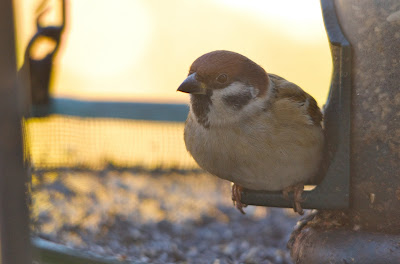
We’ve all said it: Something special happens once in a blue moon. Well, here comes your big chance. On New Year’s Eve we’ll have a blue moon. New Year’s Eve, aka Amateur Night, is a scary night to have a full moon—and a blue moon is only going to make it worse, I’m afraid. I’m glad I’m not a cop having to deal with the whackos that will be roaming the streets.
How rare is a blue moon? My mother joked when moving from our family home after 53 years, that she moves only once in a blue moon—and there was one that night.
Folklore has us believe that a blue moon is the second full moon in a calendar month. Usually months have only one full moon. Full moons are separated by 29 days, while most months are 30 or 31 days long; so it is possible to fit two full moons in a single month. This happens every two and a half years, on average.
But what about that color thing? About 125 years ago, when the Indonesian volcano, Krakatoa exploded (scientists liken the blast to a 100-megaton nuclear bomb), the moon turned blue. Some of the ash-clouds were filled with particles about 1 micron (one millionth of a meter) wide--the right size to strongly scatter red light, while allowing other colors to pass. White moonbeams shining through the clouds emerged blue, and sometimes green.
According to the folks at NASA, the key to a blue moon is having in the air lots of particles slightly wider than the wavelength of red light (0.7 micron)—and no other sizes present. This is rare, but volcanoes sometimes spit out such clouds, as do forest fires.
So, December 31 we’ll have what Native Americans termed the Full, Long-nights Moon. It’s also called the Full Cold Moon. And since we have two full moons this month, feel free to pick either name.
Since I was still stuck on the word, “blue,” I had to do some research. According to the Farmers’ Almanac, one explanation connects it with the word "belewe" from the Old English, meaning, "to betray." Perhaps, then, the Moon was "belewe" because it betrayed the usual perception of one full Moon per month.
However, in the March 1999 issue of Sky & Telescope magazine, author Phillip Hiscock revealed one somewhat confusing origin of this term. It seems that the modern custom of naming the second full moon of a month "blue," came from an article published in the March 1946 Sky & Telescope magazine. The article was "Once in a Blue Moon," written by James Hugh Pruett. In this article, Pruett interpreted what he read in a publication known as the Maine Farmers' Almanac (no relation to this Farmers' Almanac, published in Lewiston, Maine), and declared that a second full moon in a calendar month is a "Blue Moon."
Hmmm. The end of the story is: Get out your blue party hat and put out the blue corn chips. That last full, blue moon on New Year’s Eve was 19 years ago. The next won’t be until 2028. Waahooooo!
.jpg)
















































